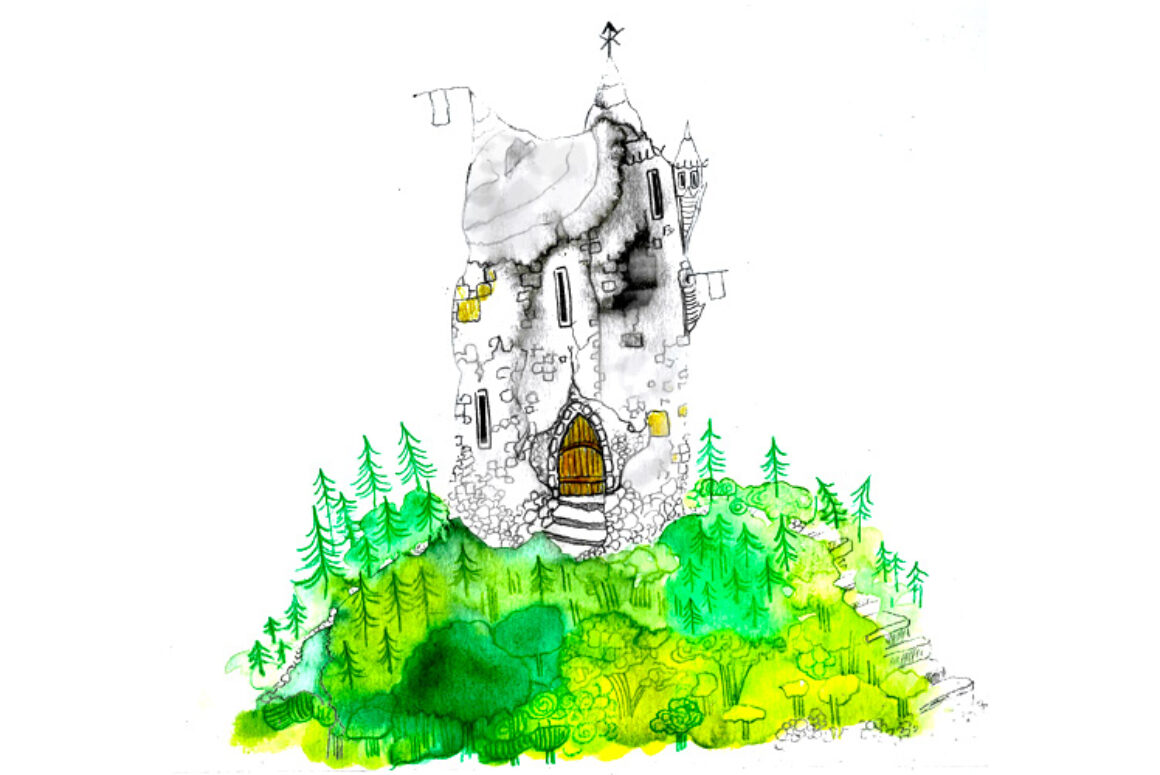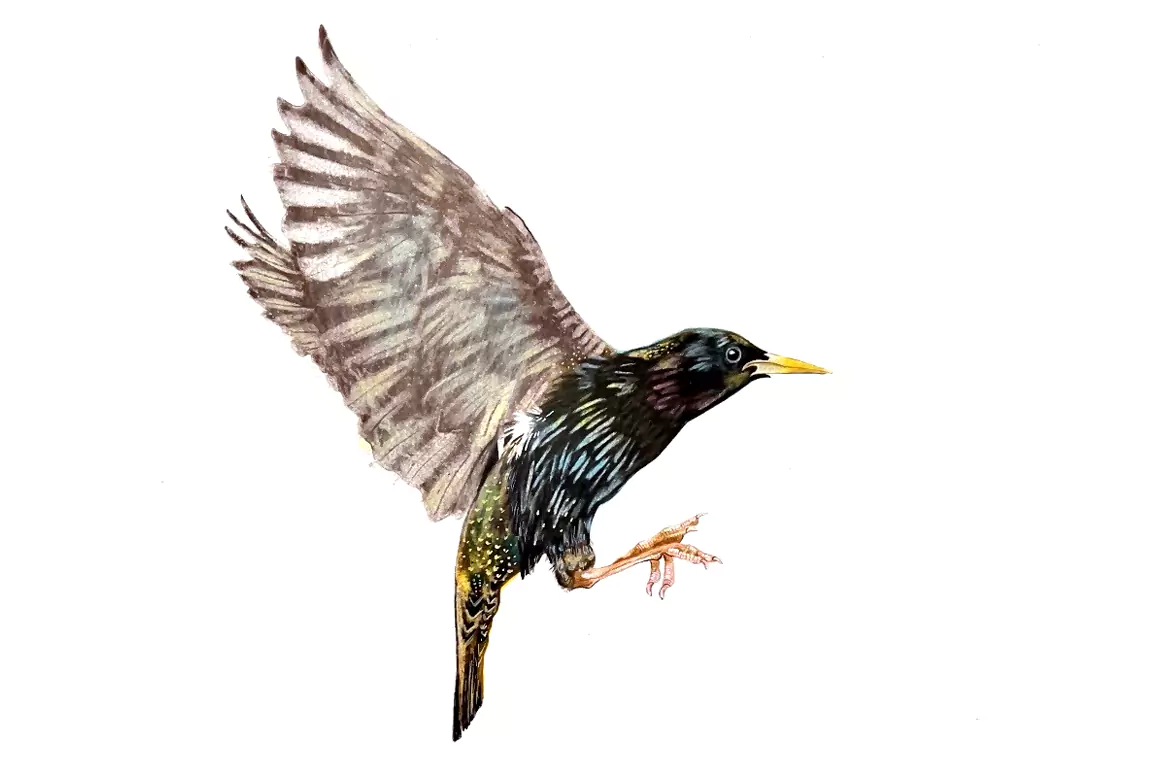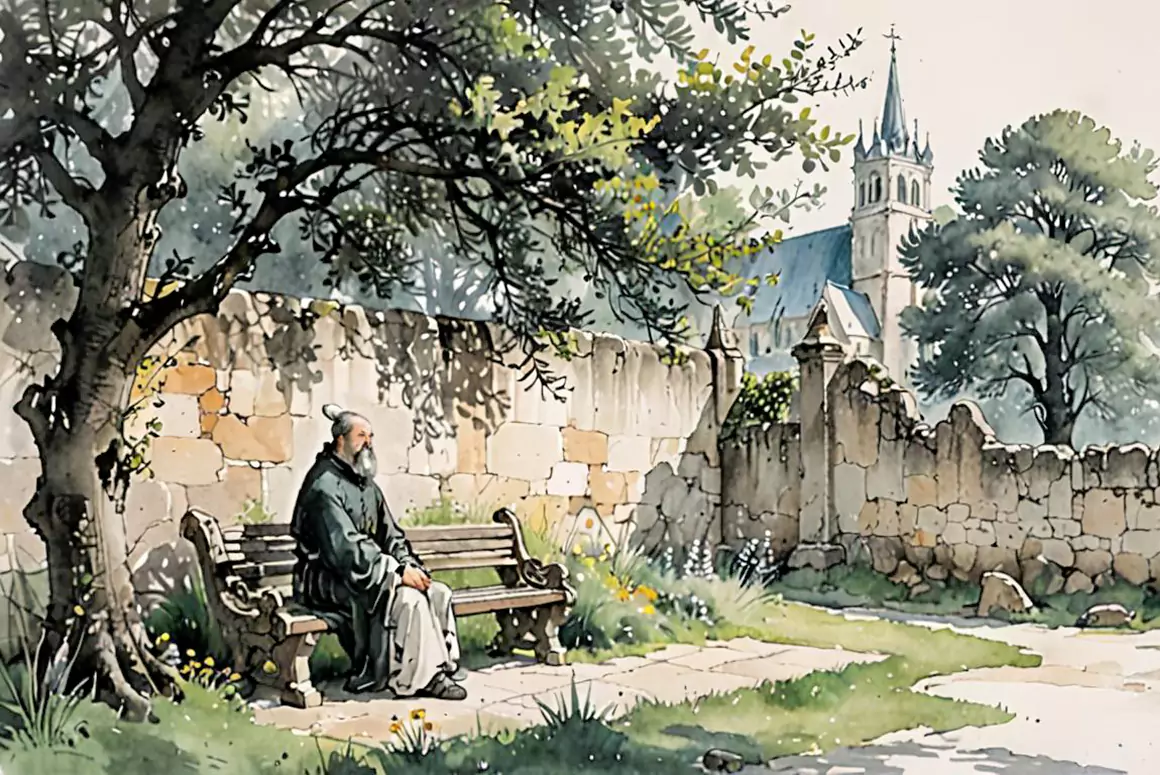On the south-facing slope of the large hill behind my home there is a cluster of trees, larches in fact, that stand sentinel above the other trees that face out into Swansea bay. True, there are other, more numerous, clusters of trees all over the hill, but this small stand, keeping themselves to themselves, seem very much a group apart.
I can never walk the high hill path without stopping to look at them, contemplating their sheer differentness. For one thing, they seem to wear different moods within various areas of the same stand. Those facing outward, over the town, the ones that get the most sun, naturally seem brightest and strongest, their outlook sunny, whereas those facing inward toward the hill itself seem more sullen by dint of their resting in shadow for most of the time. There is always a damp, misty coolness that radiates out from the base of these inner trees, their trunks and lower branches covered in damp algae, bringing to life the chill dreariness of the woodlands fringing the imaginations of the Brothers Grimm.
But still, for all the differences between them, there nevertheless seems a kind of unity about them, best represented by one of those on the outer fringes of the group, more exposed than the others, partially blown over during some storm in the past and now leaning against one of the inner trees like a lover on the shoulder of its partner.
There may be no actual need for any anthropomorphic similes to bring these trees to life. Research articles I read recently suggest that all trees in any given area are interconnected by surface fungi which act as arboreal neural transmitters as well as miniature roadways down which the trees share carbon dioxide and water, the strongest and oldest trees helping to nurture and support younger saplings, guiding them toward growth and maturity.
It has also been recorded that trees under attack by insects can release particular chemicals that trigger similar protective chemical releases in other trees that have ‘picked up the message’ and reacted accordingly. Whatever the truth may be about the trees and their silent ways of communication, I prefer to think of such things in a less scientific manner, standing and listening as they branch out their antennae in the air, picking up some indistinct signal from the ether (sssh…sssh…sssh…). Maybe, if I stay and listen long enough, that signal will become clearer and I’ll be able to one day work out what it means.
Then again, maybe I’ll never work it out; maybe there is nothing to work out or pick up from these trees aside from the obvious things that, despite their simplicity, are maybe the most important things of all: togetherness, sharing, co-reliance, communication, things that, in a world that becomes increasingly rapacious, self-centred and more riven by conflict with each day that passes, move into the foreground as the basic values that should always go deep and take hold at the root of things.





